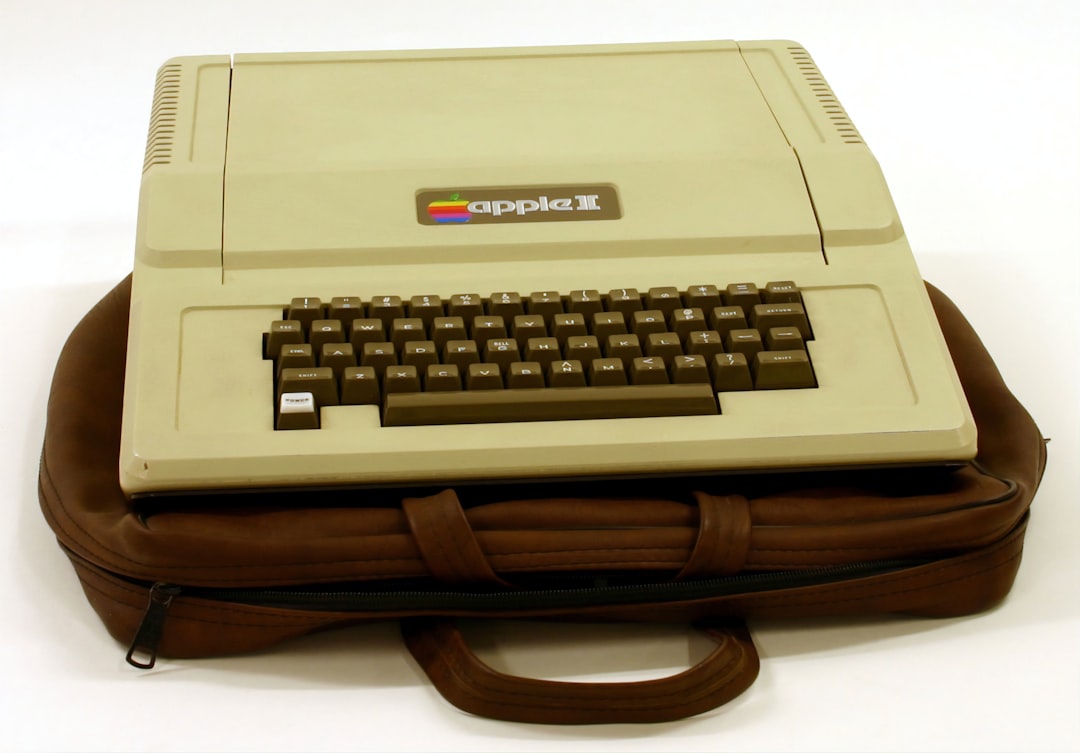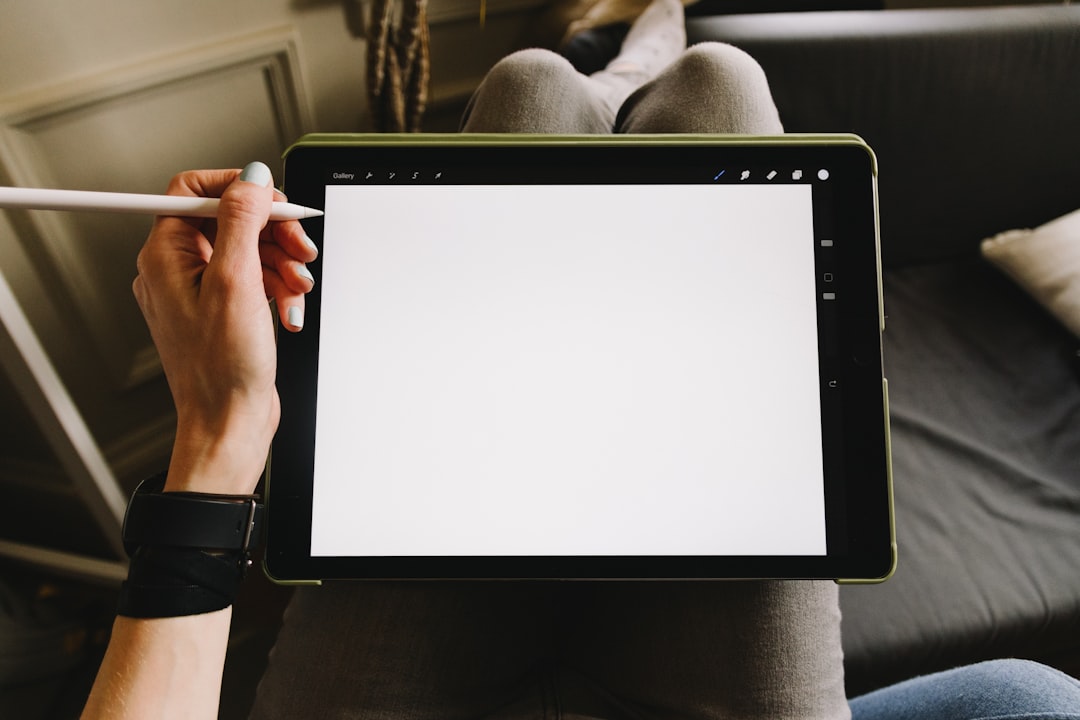In the early 1970s, personal computers were nothing more than rudimentary machines that occupied entire rooms. These early models, such as the Altair 8800, had limited processing power and were primarily used by hobbyists and tech enthusiasts. However, they laid the foundation for the PC revolution that was soon to come.
One of the pioneers in the PC industry was Apple, with the release of the Apple II in 1977. This machine featured a color display and a user-friendly interface, making it accessible to a wider audience. The success of the Apple II paved the way for other companies to enter the market and develop innovative PCs.
In 1981, IBM introduced the IBM PC, which marked a significant milestone in the history of personal computers. The IBM PC set the standard for future PC designs and became the benchmark for compatibility and expandability. This was made possible by IBM’s decision to use off-the-shelf components and open architecture, allowing third-party manufacturers to develop hardware and software compatible with the IBM PC.
The release of Microsoft Windows in 1985 further propelled the PC industry forward. Windows introduced a graphical user interface (GUI) and transformed the PC into a more intuitive and user-friendly device. The ability to navigate through menus and windows revolutionized the way people interacted with their computers.
As technology advanced, PCs became smaller and more portable. The introduction of laptops in the 1990s provided users with the flexibility to work on the go. Laptops quickly gained popularity, especially among business professionals and students who needed a portable yet powerful computing device.
With the rise of smartphones and tablets in the late 2000s, the PC industry faced new challenges. These mobile devices offered users a compact and convenient alternative to traditional PCs. However, PCs still maintained their significance in areas that required more processing power and a larger screen, such as video editing and gaming.
Today, PCs have become powerhouses capable of handling complex tasks and demanding applications. The development of faster processors, larger storage capacities, and advanced graphics cards has allowed PCs to excel in various fields, including gaming, data analysis, and multimedia production.
Furthermore, the introduction of cloud computing and remote desktop technologies has opened up new possibilities for PC use. Users can now access their desktops and applications from any device with an internet connection, making working remotely more accessible and efficient.
The evolution of PCs also brought about the integration of touch screens and pen input. Many PCs now come equipped with touch-enabled displays, enabling users to interact with their devices in a more natural and intuitive way. Drawing tablets, which can be connected to PCs, offer artists and designers a superior tool for digital creation.









